ED.EM.02
Il convient de noter que les événements de 1933-1945 en Allemagne ne peuvent pas être simplement attribués à des actions extrémistes, ni compris uniquement à travers des analyses militaires. Il existait un cadre juridique et une industrie culturelle qui justifiaient et normalisaient la supériorité et la violence. L’administration civile, considérable, jouait un rôle majeur dans le succès du régime ; souvent éloignée mais indissociable de la saleté, du sang et de l’horreur de la guerre et du génocide.
Dans ce numéro, nous examinons la vie du personnel administratif allemand posté à Jersey pendant l’Occupation des Îles Anglo-Normandes. Le caractère familier de la vie et parfois la banalité du quotidien, présentés dans ces deux collections, sont rarement mentionnés dans les débats publics sur le sujet a Jersey.
Ces collections ne sont pas sans références militaires. Il y a même des photos de travailleurs forcés, qu’ils ont croisés, ainsi que des sites touristiques et des fêtes privées. Beaucoup de ces images sont attribuées au Major Hans Egon Pelz, bien qu’il apparaisse sur certaines de ces photos. Nous regardons, en quelque sorte, le journal de FC 515, leur vie sur l’île, leurs amitiés, le travail, mais surtout leurs loisirs en 1940-1944.
It is often worth noting that the events of 1933-1945 in Germany cannot simply be attributed to actions of extremists, nor understood solely through military analysis. There was a legal framework and culture industry that justified and normalised superiority and violence. There was a wide-reaching civil administration, which was central to the regime’s success; often remote, yet inseparable from the dirt, blood and horror of war and genocide.
In this issue, we examine the lives of the administrative officers stationed in Jersey during the Occupation of the Channel Islands. The familiarity and at times banality of life as presented in these two collections is rarely referenced in the public discourse of this history in Jersey.
These collections are not without military references and personnel, there are even snap-shots of forced labourers, they pass by, alongside tourist attractions, and private parties. Many of these images are attributed to Major Hans Egon Pelz, though as he himself appears in many, it makes specific attribution difficult. In many ways we are looking at FC 515’s record of the Island, of their lives here, their friendships, work, but mostly their leisure time through 1940-44.

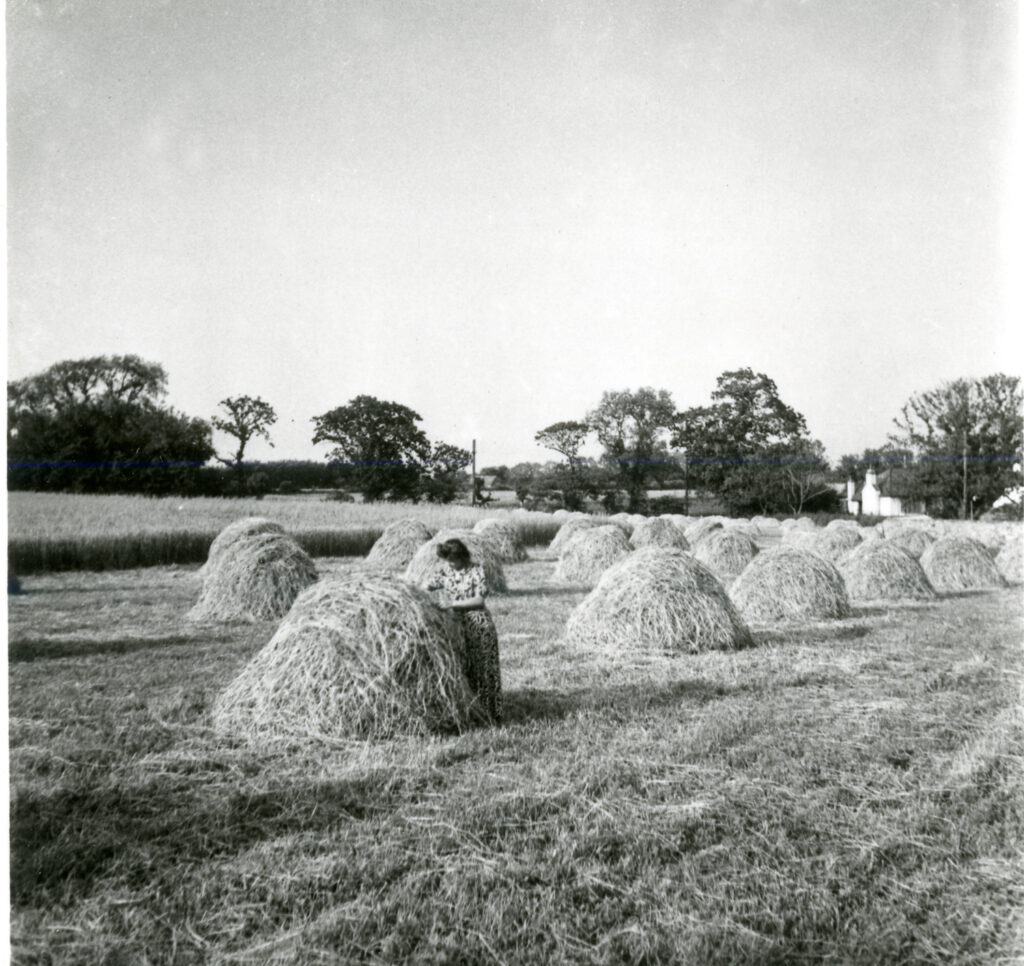
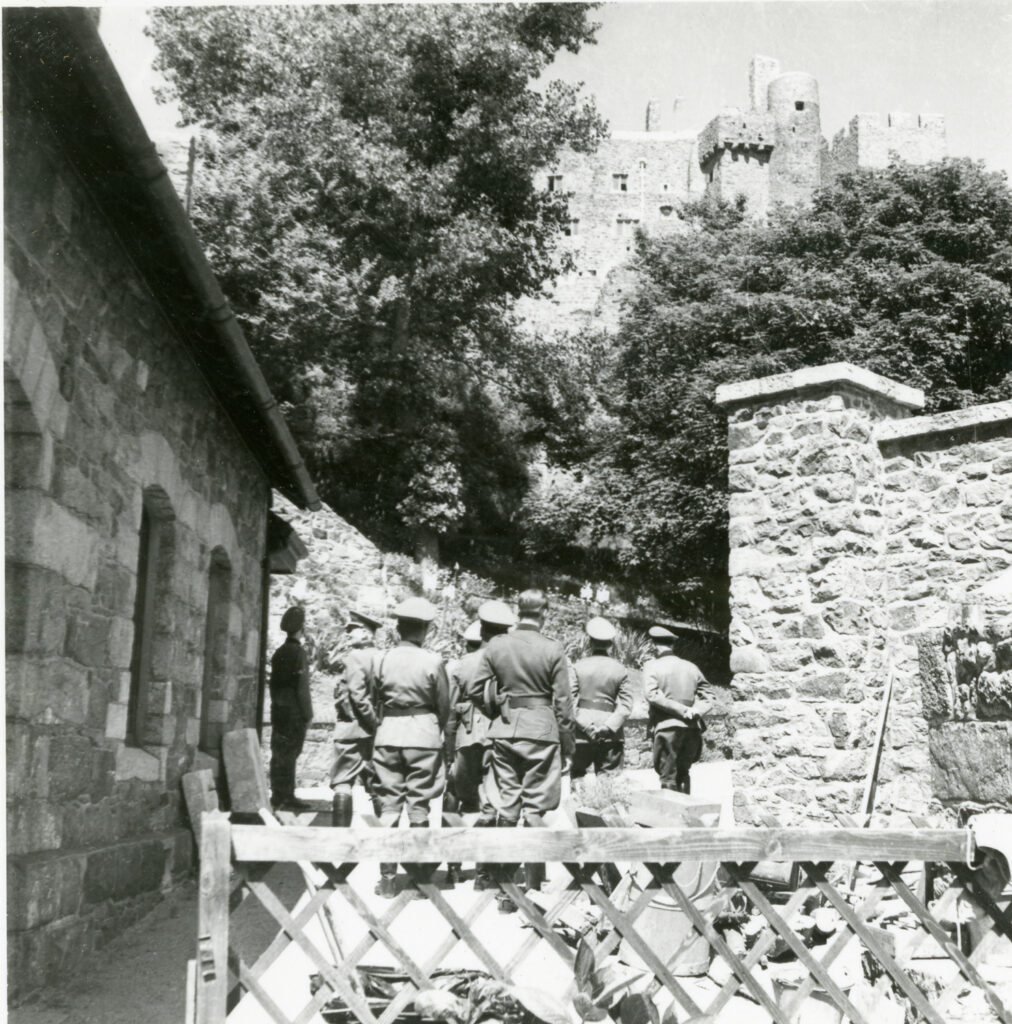
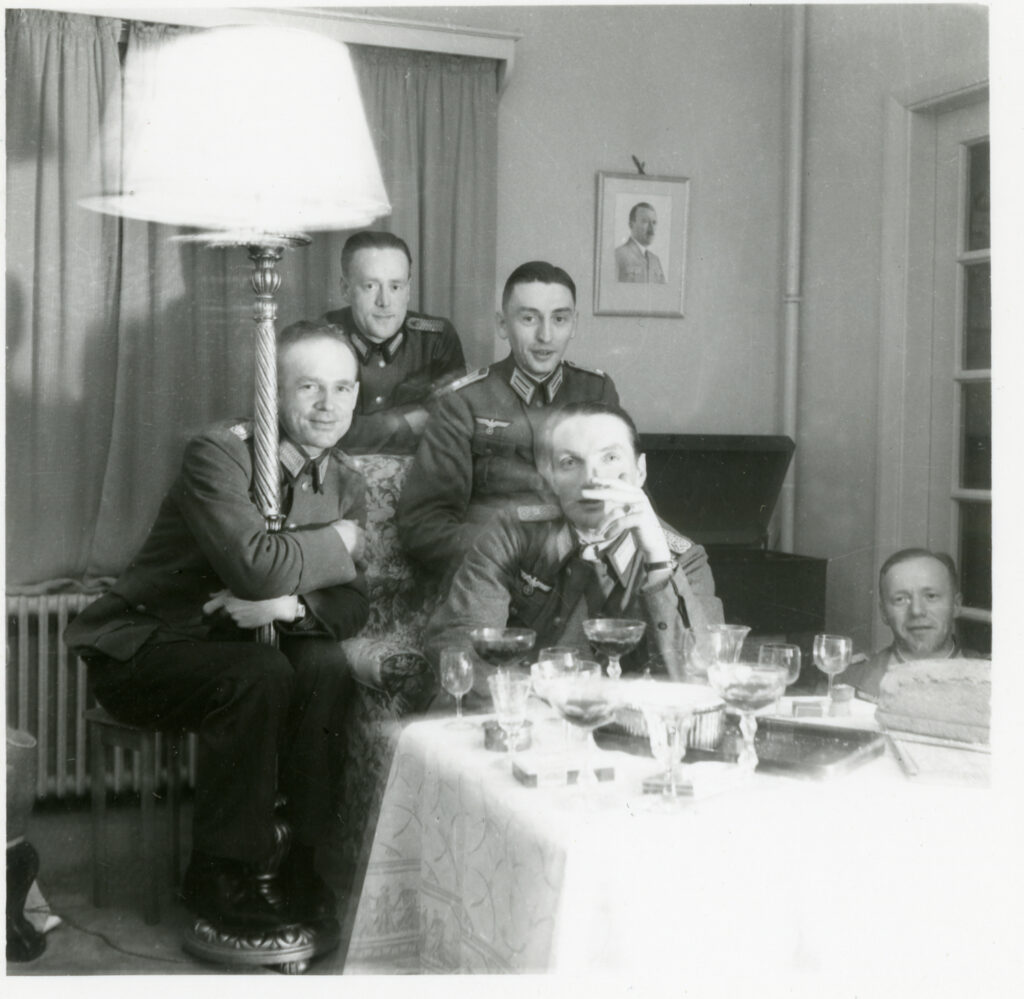
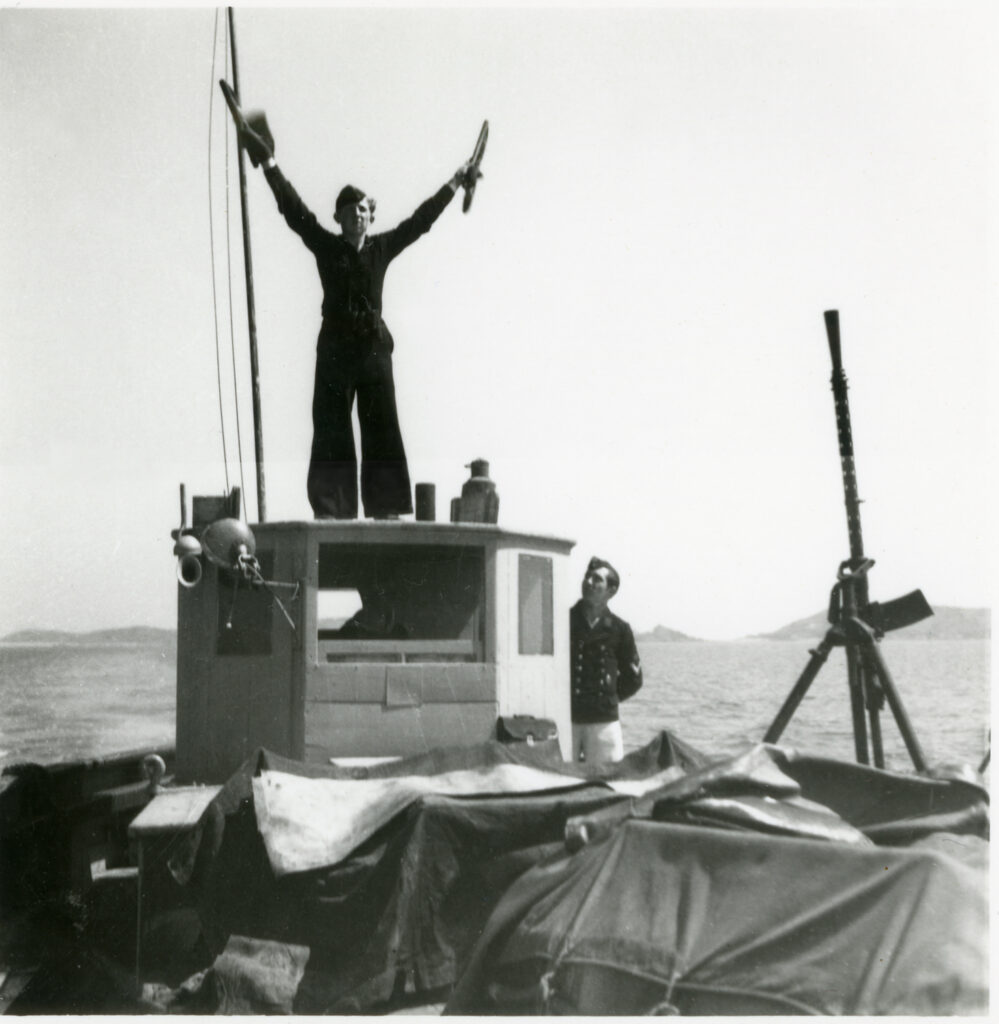
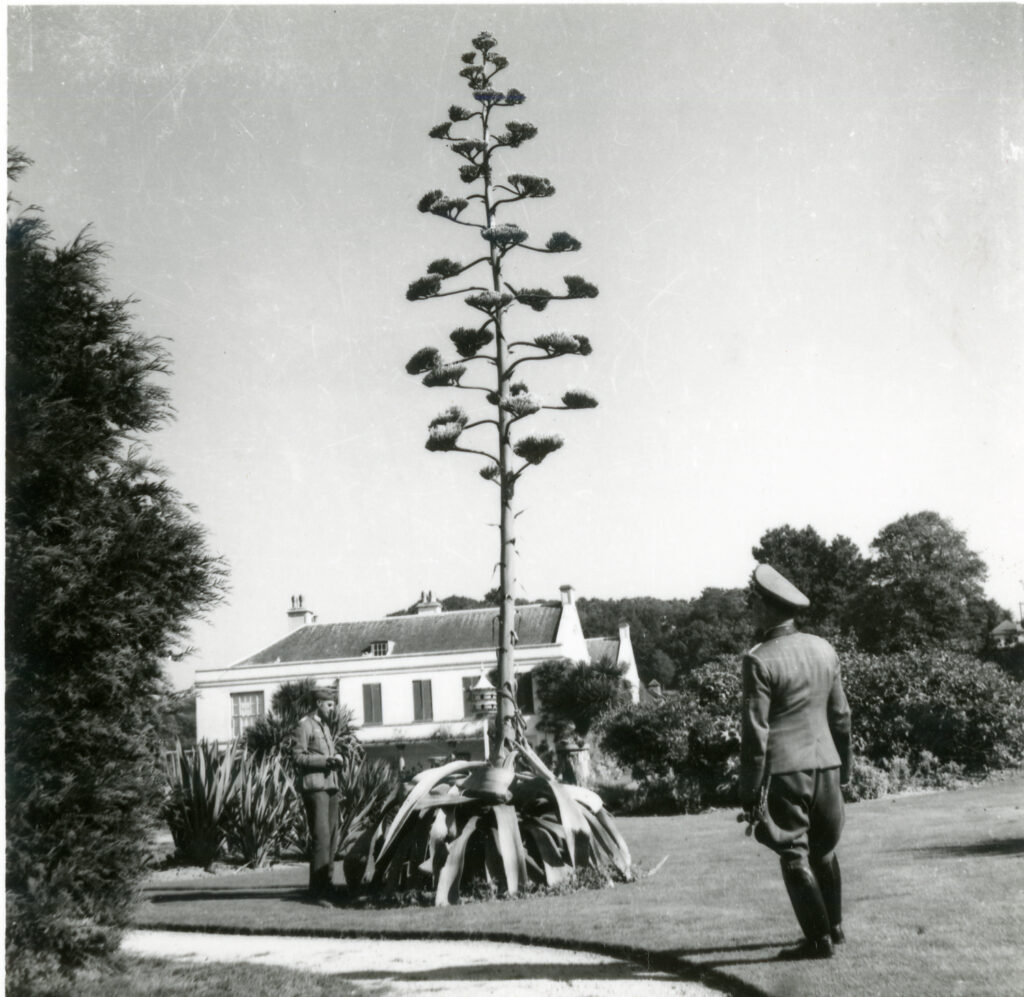
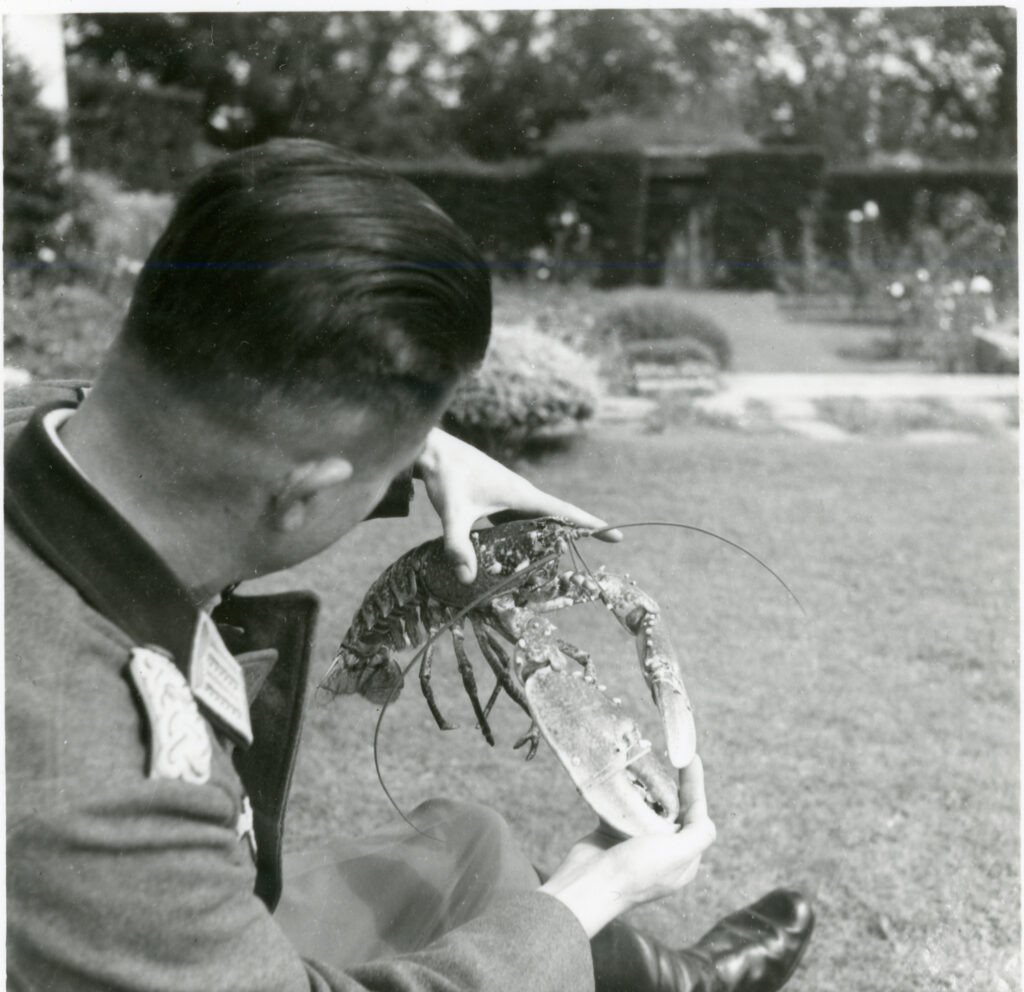
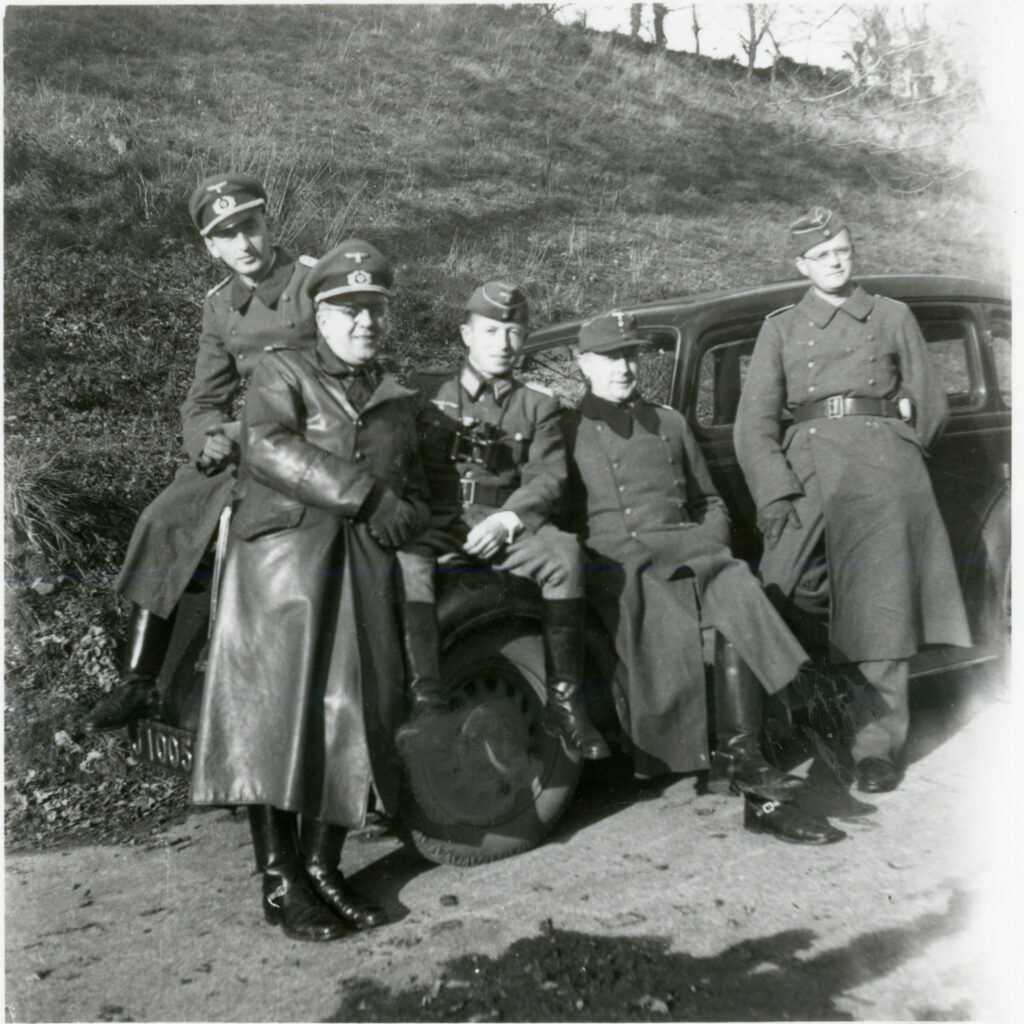
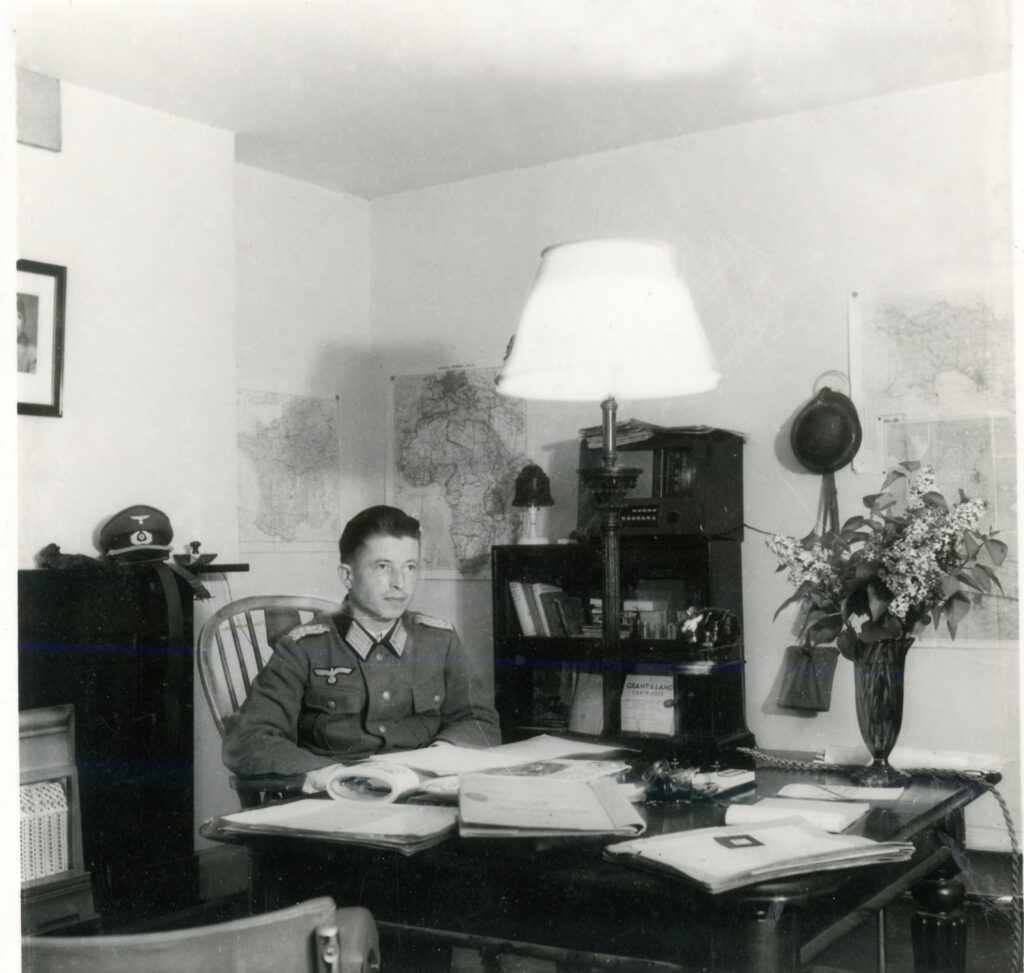
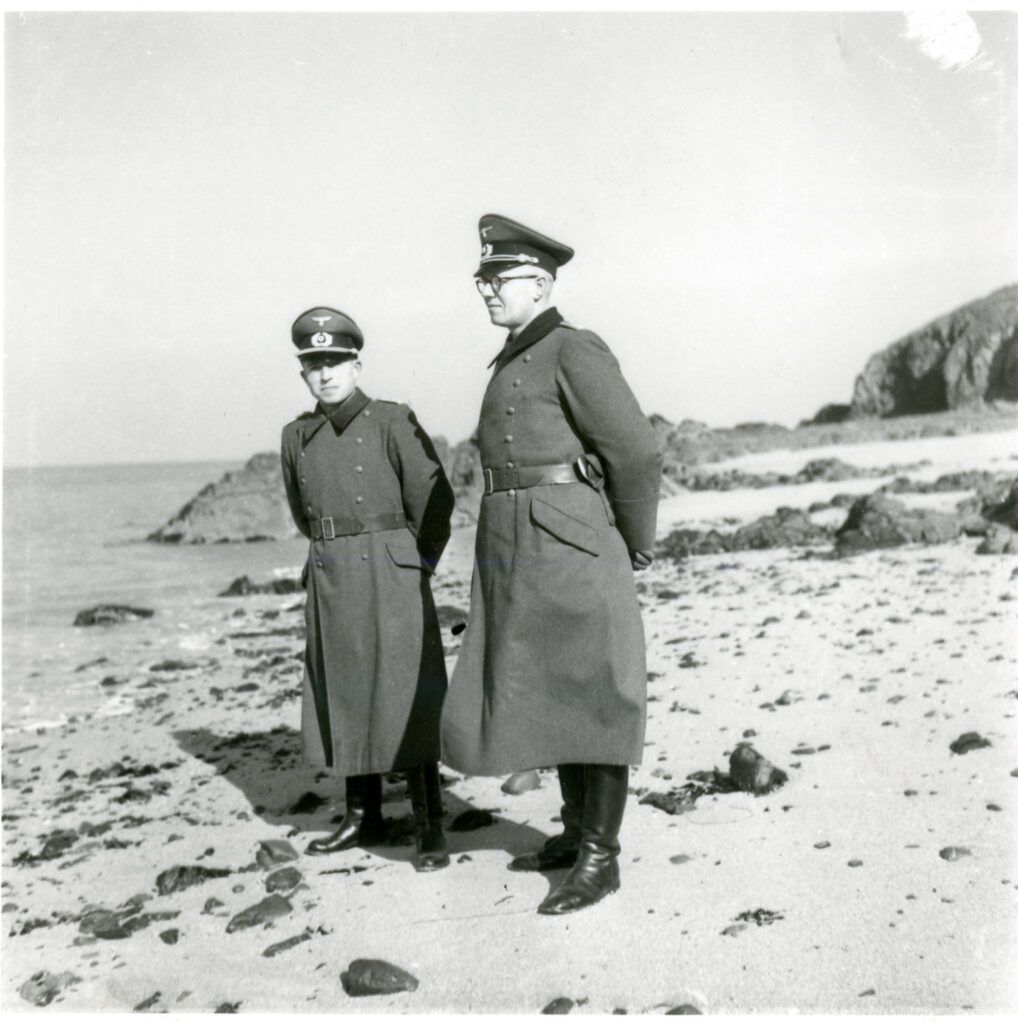
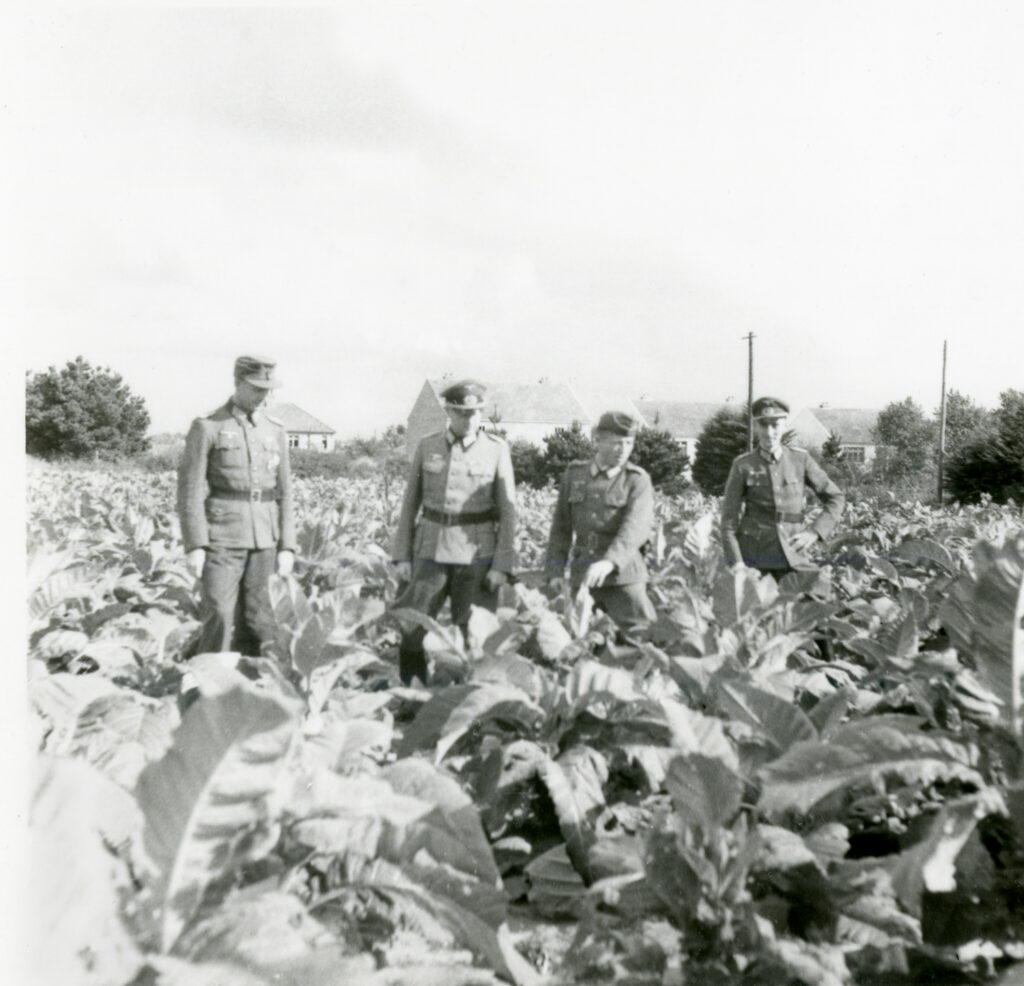
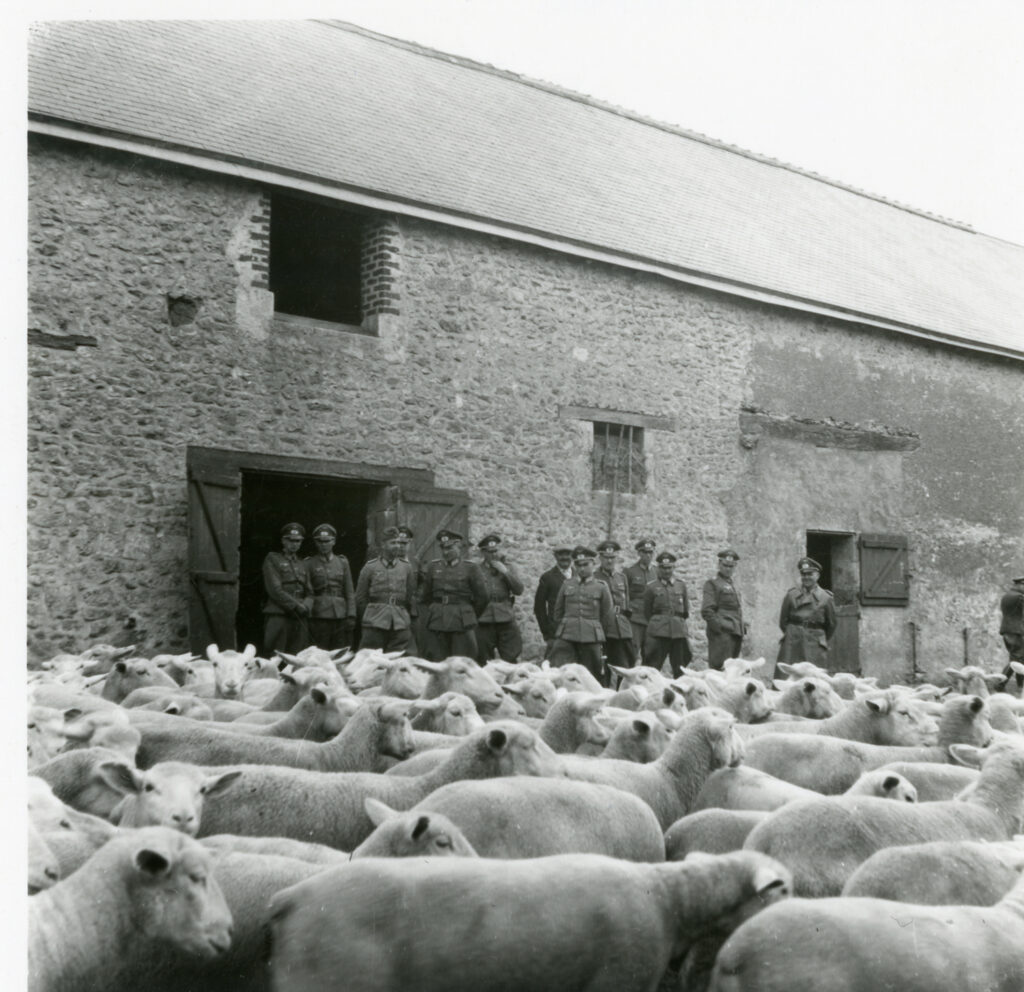
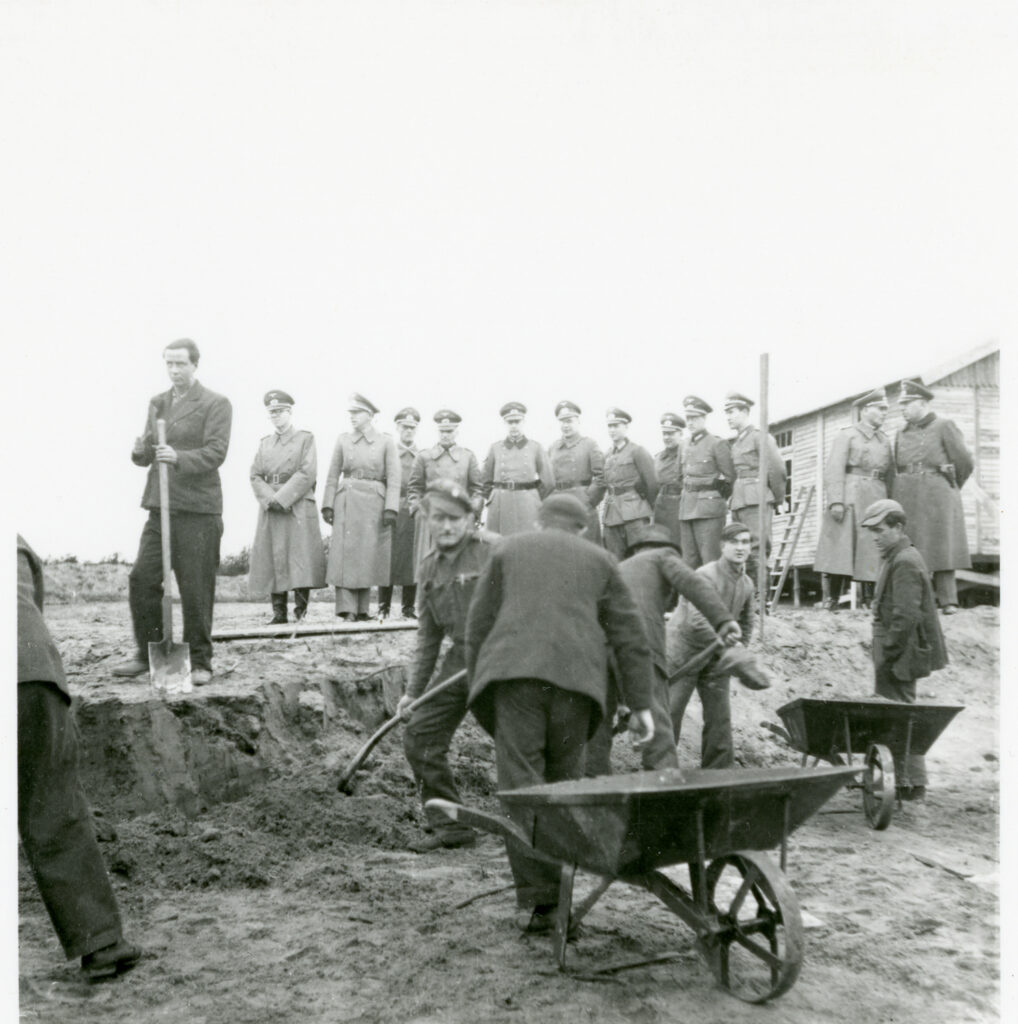
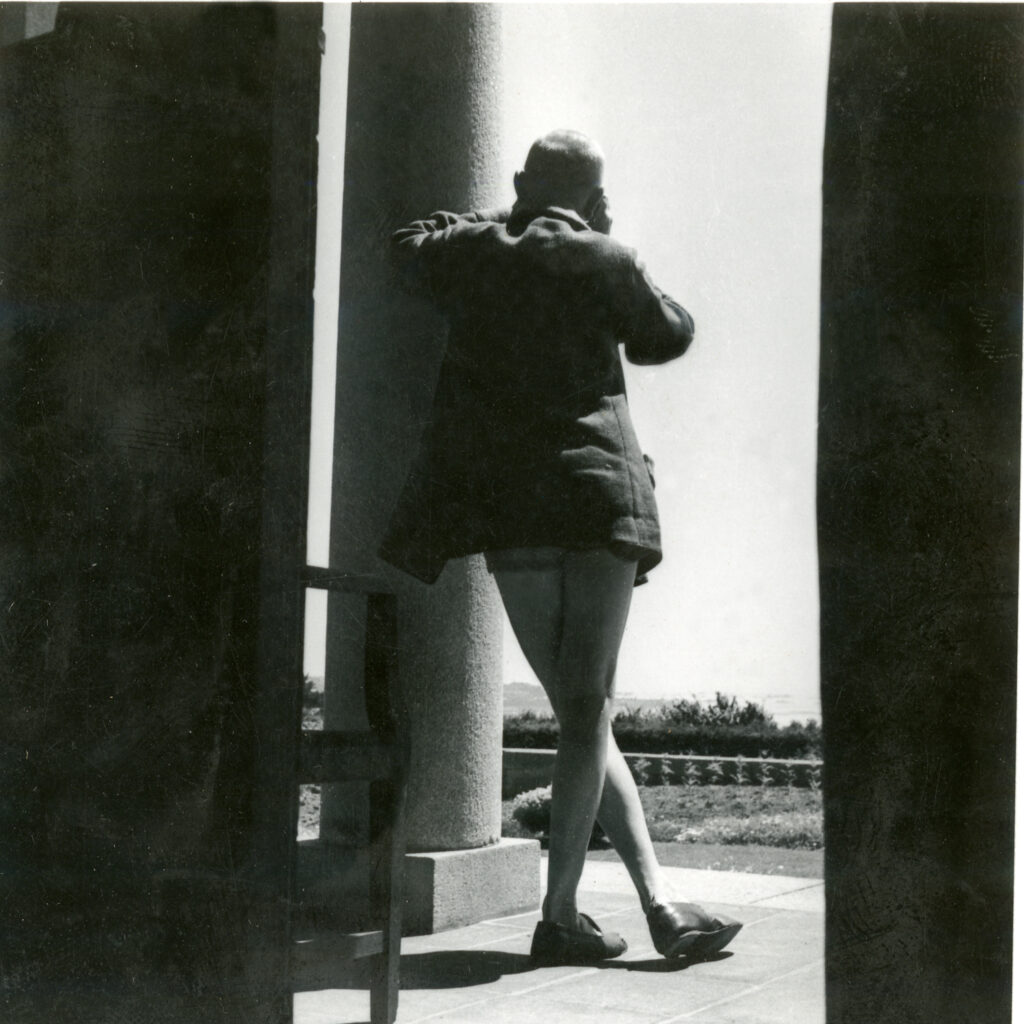
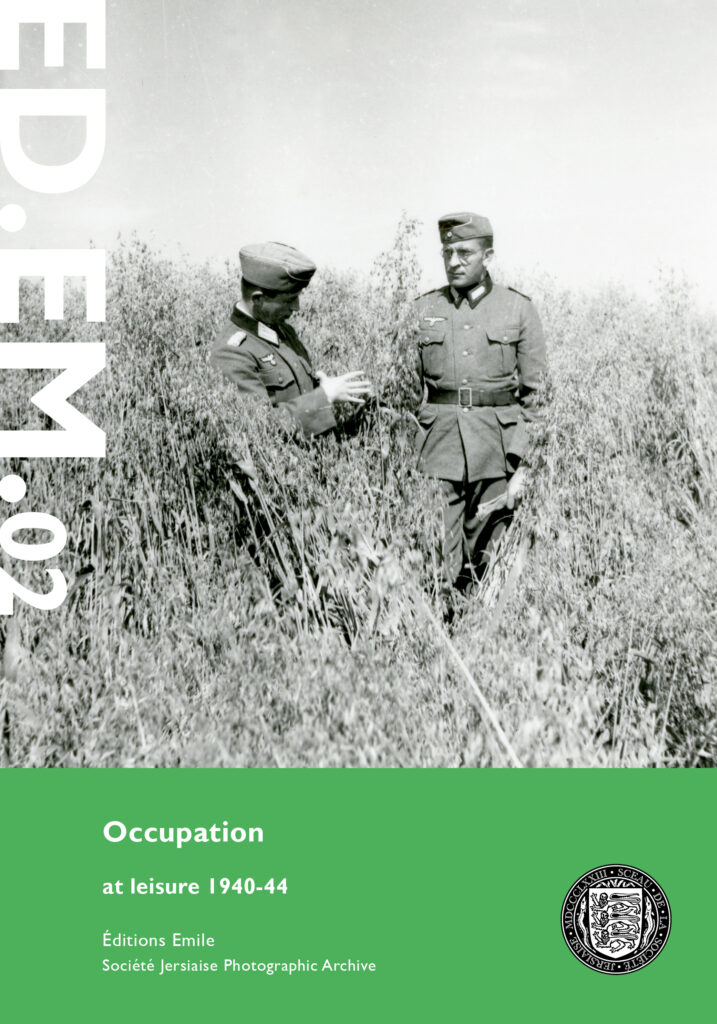
Occupation:
at leisure 1940-1944
Nov2020
ISSN 2633-5093
CC-BY-NC-SA
Editors – Martin Toft & Patrick Cahil
Text – Andrew Gilson & Alan Allix
Printed by Park Communications
200x140mm, 48pp self-cover zine
With thanks to Valérie Noël, Shannon O’Donnell, Callum Naden, Judy Smith, Alan Richomme, Leah Bohea and Eleanor Gilson. Special thanks for the generous financial support of N. P. Molyneux.
Make your own:
‘almost like a fairy-tale’:
the leisure activities of Field Command 515
Andrew Gilson and Alan Allix
The German military government, Field Command 515 arrived at low tide on the 9th August 1940. Immediately the Staff Officers began documenting their impressions of Jersey. The first surprise on arrival was to negotiate a seven metre iron ladder to reach the quay. Jersey’s tidal range held a special fascination for two reasons. Firstly as von Aufsess wrote, ‘in low tide you can walk to the bottom of the sea on the south east coast. This rocky coastline compares to the crater landscape of the moon. A hiking tour there is a unique experience’. Secondly it provided opportunities to low water fish. Local civilians taught officers the skills and where to low water fish. This provided both parties an obvious benefit. The German officers enjoyed the island’s unique fish and shellfish and the local guides acquired a ‘feed’ for their families.
Pelz several weeks later wrote to his friend in Austria, ‘I am not able to portray the beauty of the place. I see lots of black reefs and jagged peaks projecting from the water because the tide is low. The picturesque Elizabeth Castle makes a grand impression with its beautiful castle-like silhouette in a delicate blue. The coastline, on which little white houses cling suddenly fall into the sea. In the late morning the tide is foaming onto cliffs and the beautiful white waves against the bay. Jersey is almost like a fairy-tale’.
Another officer was equally affected, ‘I am deeply impressed by a world I had never seen before’. They were impressed by the red granite coastline, described as ‘a jewellery of granite’. Von Aufsess was enchanted by Jersey’s multi-coloured granite churches, houses, walls and historical monuments. He noted the use of granite reaching back to the Neolithic which gave the islanders a strong connection with their history. Pelz described Jersey as originating from red granite with ‘houses of farmers built of red stone, very tasteful and nice. No big blocks of flats and most people living in little country houses which are very pretty’. The view that the Island’s beauty wasexemplified by its granite buildings was commented on by Dr Casper’s account of the occupation. Jersey’s flora impressed officers, ‘I was much astonished about its richness of southern flora with laurel, sweet chestnut trees, palm trees and mimosa. Hydrangea and fuchsia bloom on walls, hollies surround fields, fig trees and tamarisks bloom in abundance’. Von Aufses wrote, ‘the island is a gem of gardens with lawns, exotic trees and green hedges’.
On arrival to Jersey Staff Officers were fascinated by the Island’s unique nature. Von Aufess wrote, ‘the crossing from France to Jersey takes you to a different world; it is a different culture from the French one. People look and dress differently’. Pelz commented, ‘after the endless filth of France the cleanliness on this Island was outstanding and agreeable. It is purely an English country. While the people of France are very unapproachable and often have hostile faces; this could not be said about the Jersey people. In a remarkable way they keep their composure, but are easier to win over. The males are easy going in posture and style. The women are general dressed smart and attractive with their makeup not as loud as that of French women. Jersey people have Norman blood and are not very tall. They are medium big, blond and blue-eyed, although you also find pure negro types’. Von Aufsess wrote, ‘the population. . . has become a mixture of many nationalities in the last 80 years there are English property owners, Italian waiters, Irish farm workers, Dutch gardeners, French business people, Swiss hotel managers, Polish and Hungarian nannies. A lot of them never left but settled and married. Thus the inhabitants have melted into one white race and in this way are ahead of the continent’.
On arrival FC 515 organised a charm offensive for the Island’s civilian population. Music concerts were organised at West Park Pavilion and town parks. Boxing tournaments were organised. On the 22nd. August 1940 a football match between a Jersey XI and a German XI was played at Victoria College. Before the match kicked off both teams faced each other with the German team raising their hand in the Hitler salute. The game was well attended by civilians and military. At Christmas 1940 Pelz organised a party for over 100 Island children aged between 8 and 13 years at the Continental Hotel. Many of the children were from the island’s poorest families or had absent fathers.
Many officers spent off duty time and privacy at Langford House and Samares Manor. Samares was run by Miss White who spoke excellent German and was on good terms with the Staff Officers. They appreciated the time she afforded them. Heider called it a ‘place to relax’ and ‘where assignations took place with ladies and a place for entertainment’. Dr Casper confirmed, ‘we went to Samares Manor regularly to take it easy’. Von Schmettow’s letter to Miss Lily Belle White, secretary at Samares Manor stated, ‘beautiful Samares Manor – I often think fondly about the hours spent there. Those hours belong to the good memories on which one thrives. I hope to hear from you and remain in admiration and gratitude.’
Dr Casper and Heider both kept their horses at the stables at Samares Manor. Horse riding was a particularly popular recreational activity for Staff Officers. FC 515 officers were elite horseman but were given standing orders along with riding manuals with strict instructions on correct deportment. Pelz renamed his white mare, Bellini. Apart from horse riding officers enjoyed shooting fowl. This took place at the sand dunes and marshes of St Ouen and the coastal intertidal zone. Pelz and Dr Casper especially enjoyed hunting snipe at La Hocq. Officers also spent their time on their hobbies. Pelz learnt the classical guitar. Von Aufsess wrote extensively and became an award winning author. He was also an excellent photographer, in 1943 he produced a pictorial and poetical account of the Channel Islands Ein Bilderbogen von den Kanalinseln.
Many of the personal accounts of Jersey by FC 515 Officers referenced in this text came to light through the research of the Alan Allix and Andrew Gilson. Alan was a founding member of the Channel Island Occupation Society; he visited Germany on numerous occasions and conducted a number of interviews with members of FC 515 and their local interpreter Karl Grier. For the last four years Alan has been assisting Andrew former Head of History at Victoria College with his research into Agriculture in Jersey during the Occupation. Andrew is drawing on extensive archival records from Jersey, Germany and Austria, as well as written accounts and new testimonies. Andrew’s work will be published through the Royal Jersey Agricultural Society.
Leave a Reply